Image Gallery: Trove of Roman Artifacts
Leaping dolphin
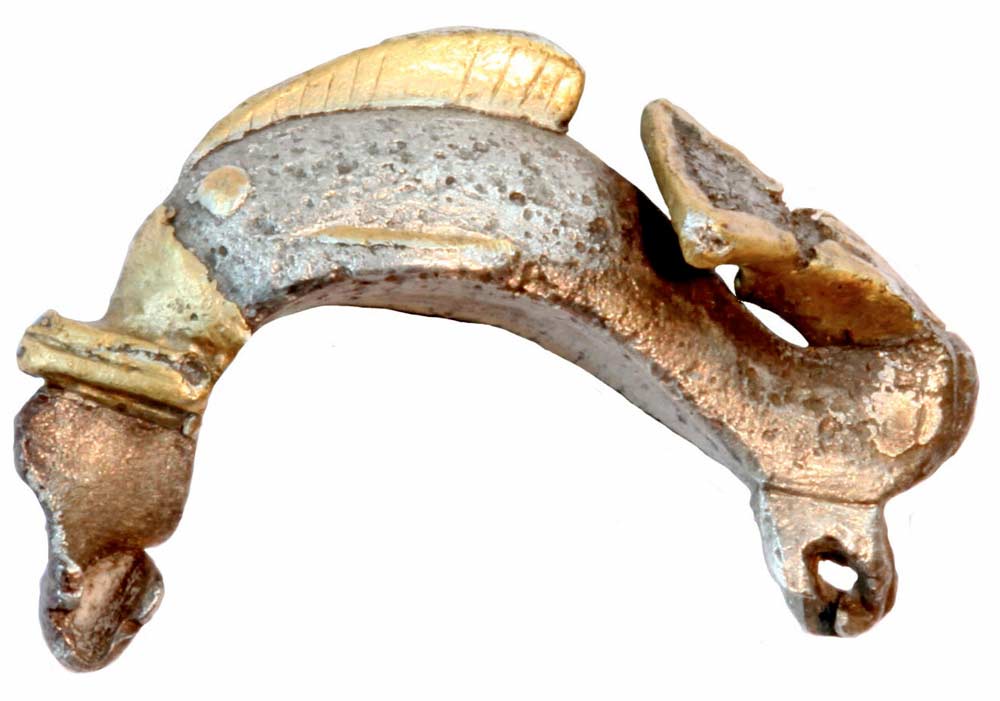
A depiction of a "leaping dolphin." Made out of silver its eyes, mouth and fins are gilded with gold. It would have been used as a brooch, the catchplate (now distorted) and pinhole can be seen.
Leaping dolphin
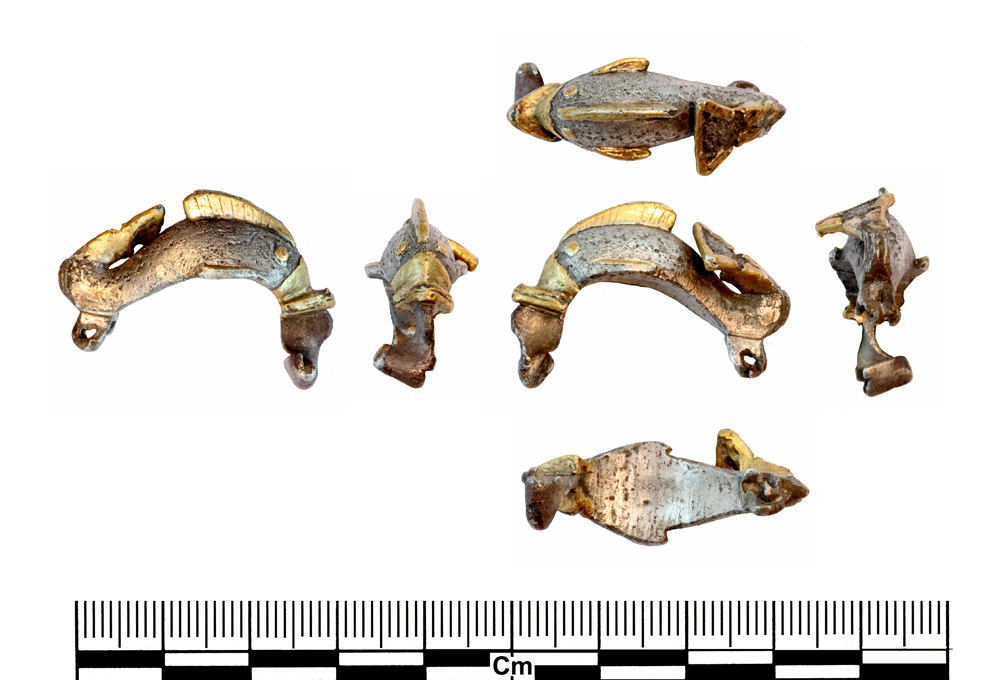
Pictures of the leaping, gilded, dolphin from different angles. It would have been worn by a wealthy man or woman.
Finger-ring
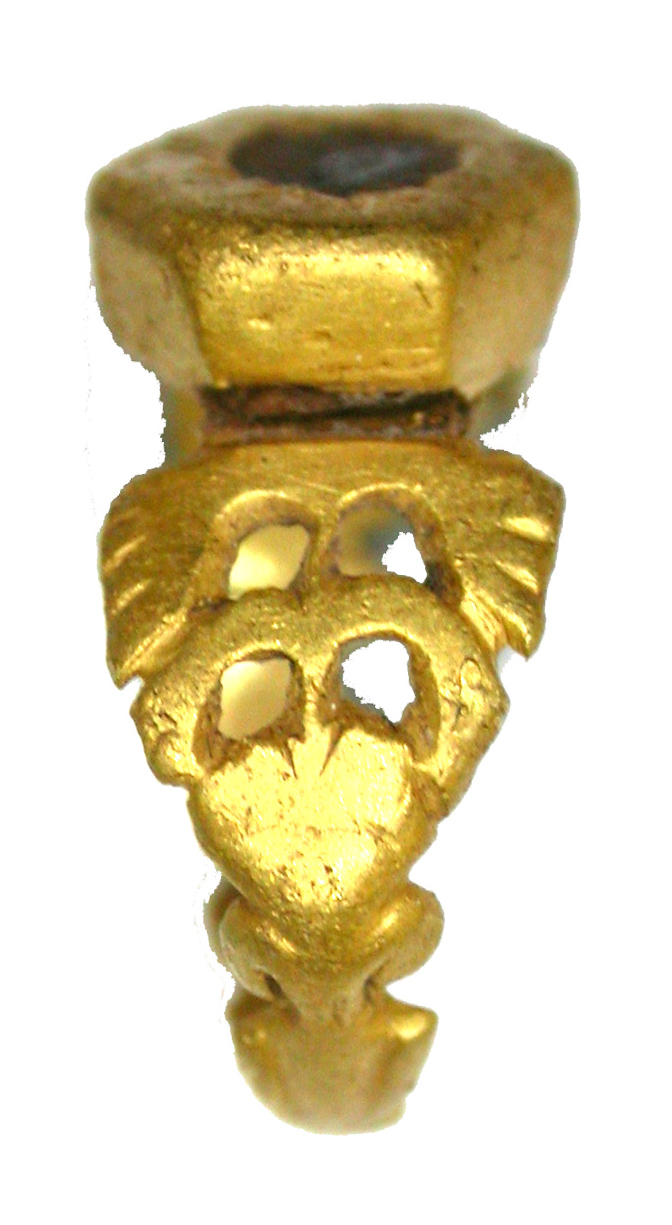
This gold finger-ring, discovered in Nottinghamshire, is made of 90-93 percent gold and has incised decorations and a tiny oval gem at center.
Gold finger
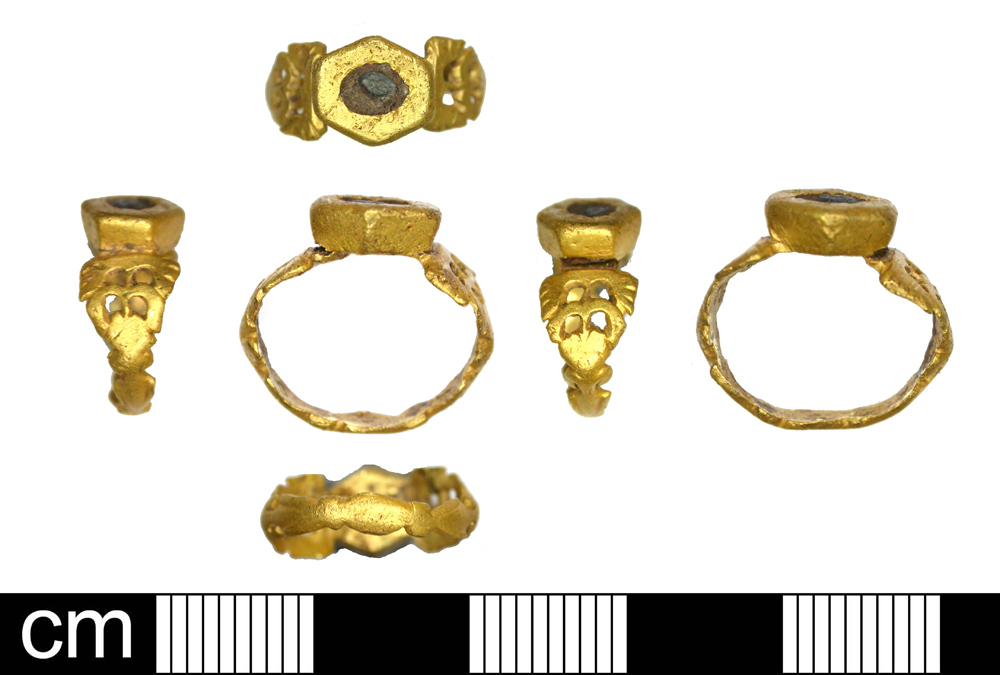
A view of the gold finger ring from different angles. Its diameter is tiny and it would likely have been worn by a child or woman. It may have been given as a betrothal ring.
Young lover

This copper alloy bust of a bare chested young man may be of Antinous, a male lover of Emperor Hadrian who was deified after he died. Only two other examples are known from Britain.
Rosettes
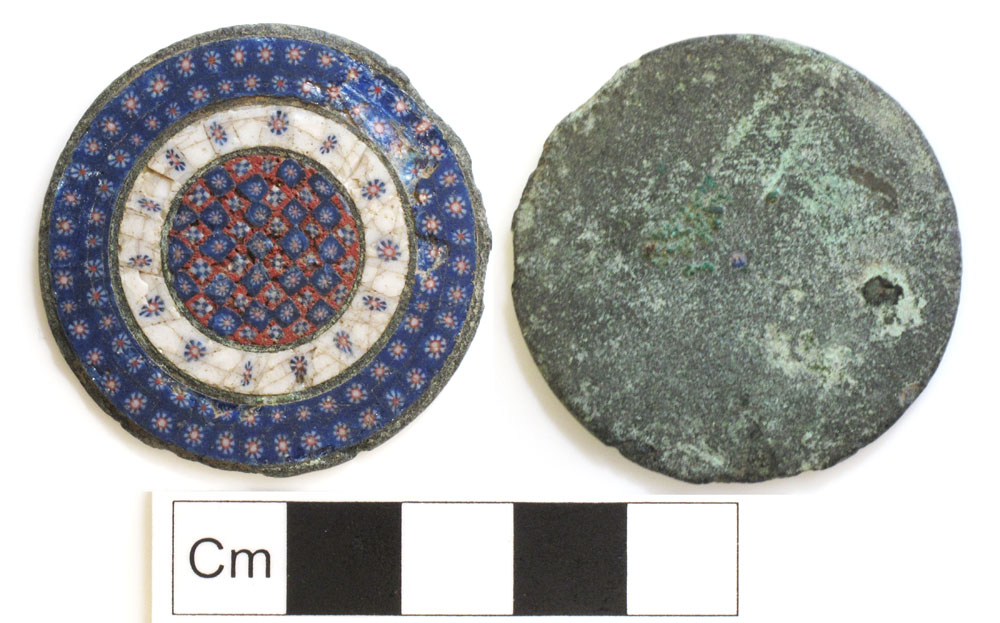
This colorful enamel decorated object would have been used on a Roman rider's harness. It depicts intricately detailed rosettes.
Enamel bowl
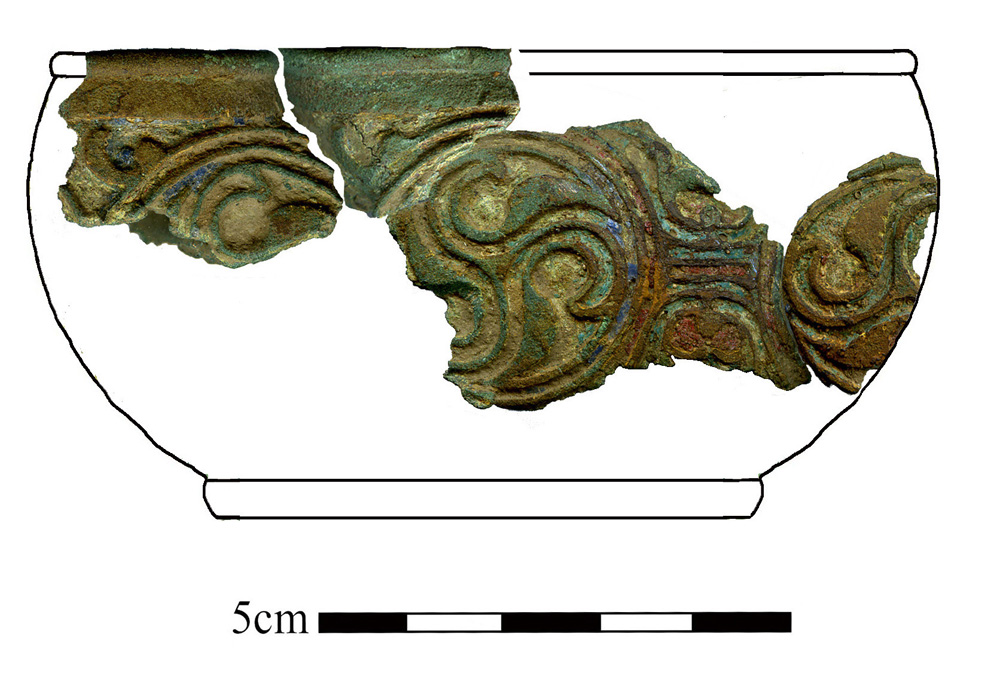
Fragments of a bowl containing Celtic motifs with enamel coloring. Enamel working was popular around 1,800 years ago in Roman Britain.
Get the world’s most fascinating discoveries delivered straight to your inbox.
Copper knife
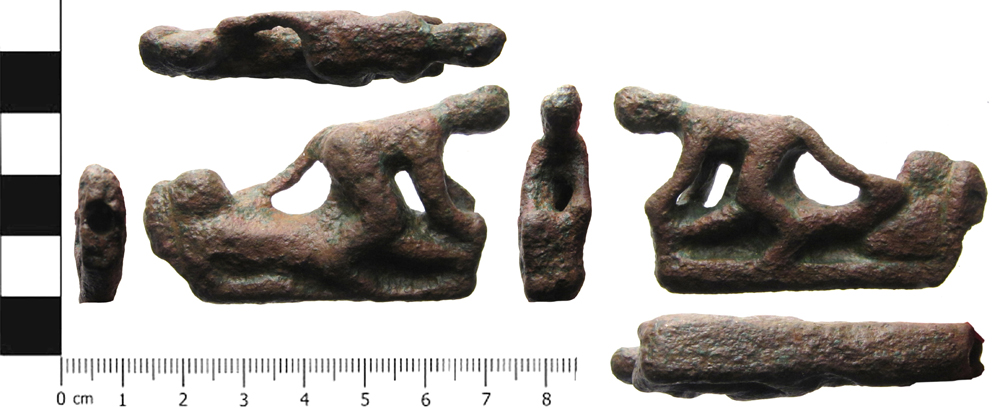
This copper alloy knife handle shows a couple having sex. The man is lying on a couch while the woman straddles him, holding his feet. The man's left hand is on her left buttock. Researchers hypothesize that a knife handle like this might be used to ward off the evil eye.
Phallic symbol
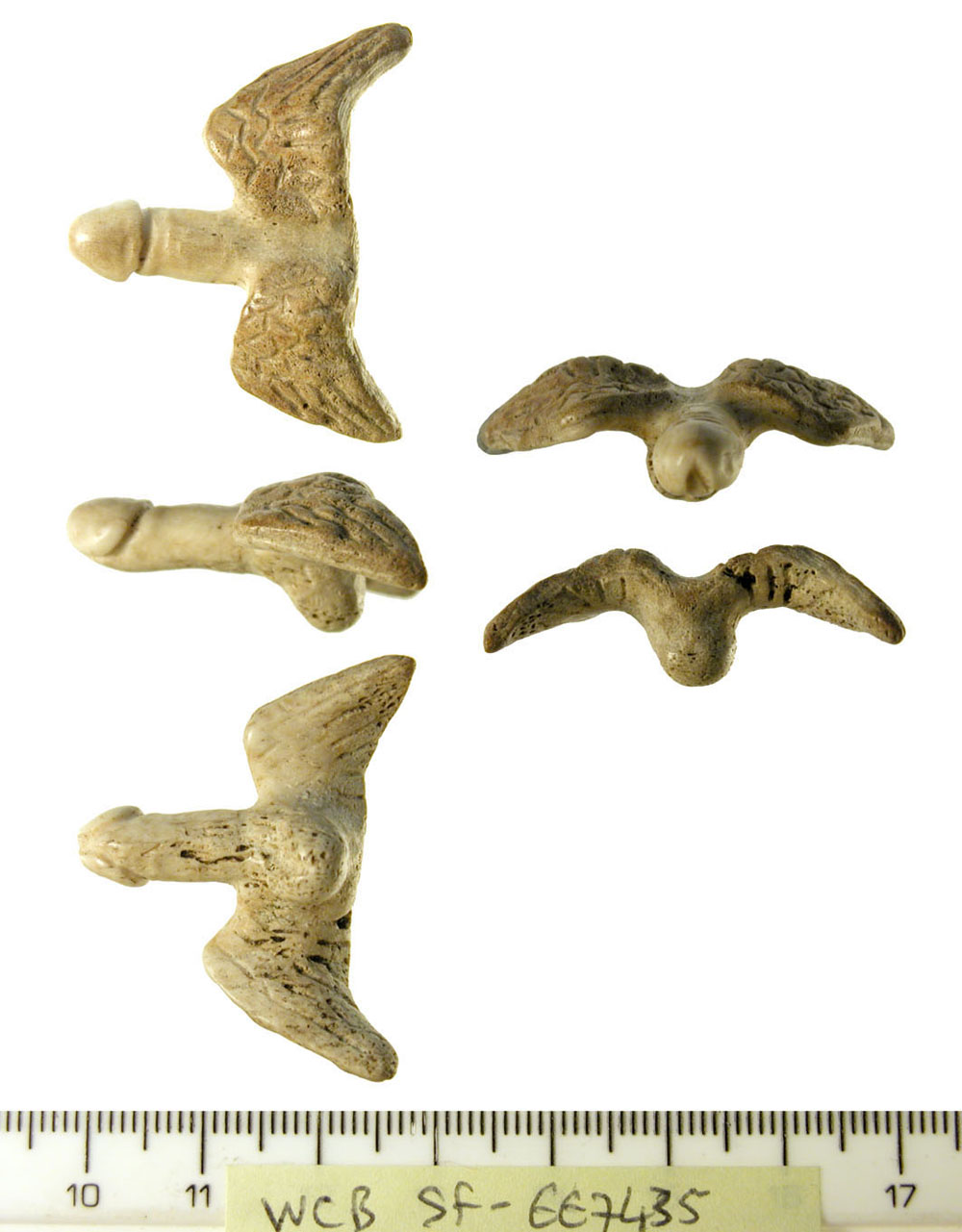
This penis is made out of animal bone and has wings on it. Phallic symbols, including versions with wings, are commonly seen throughout the Roman Empire.
Status symbol
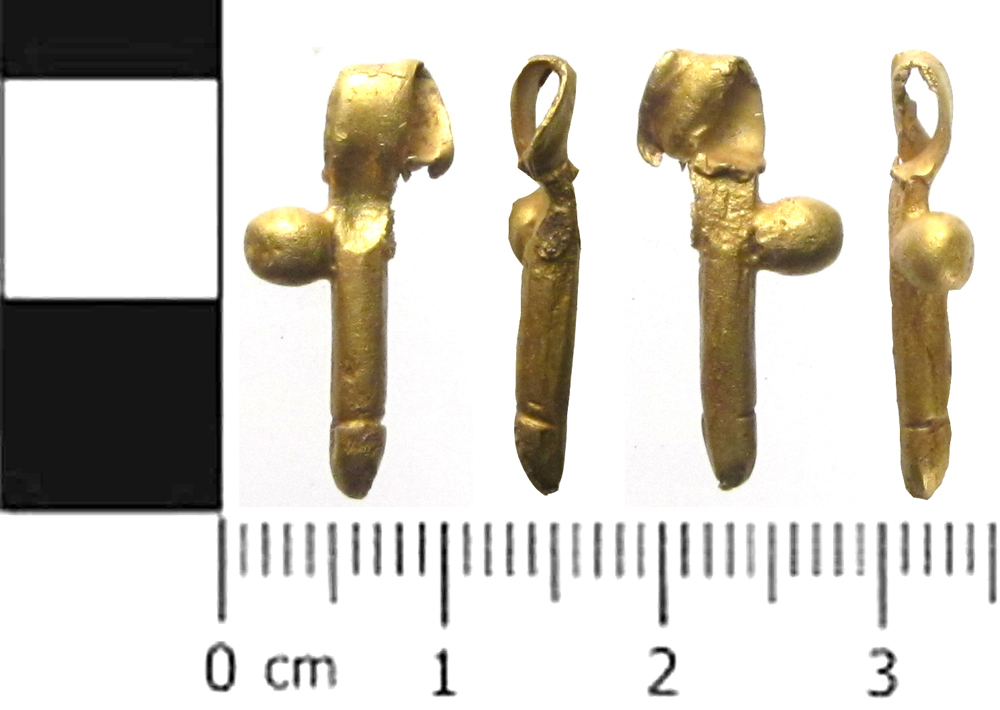
A gold penis pendent, the use of gold would have signified that its user was a person of status.
Exchange measure
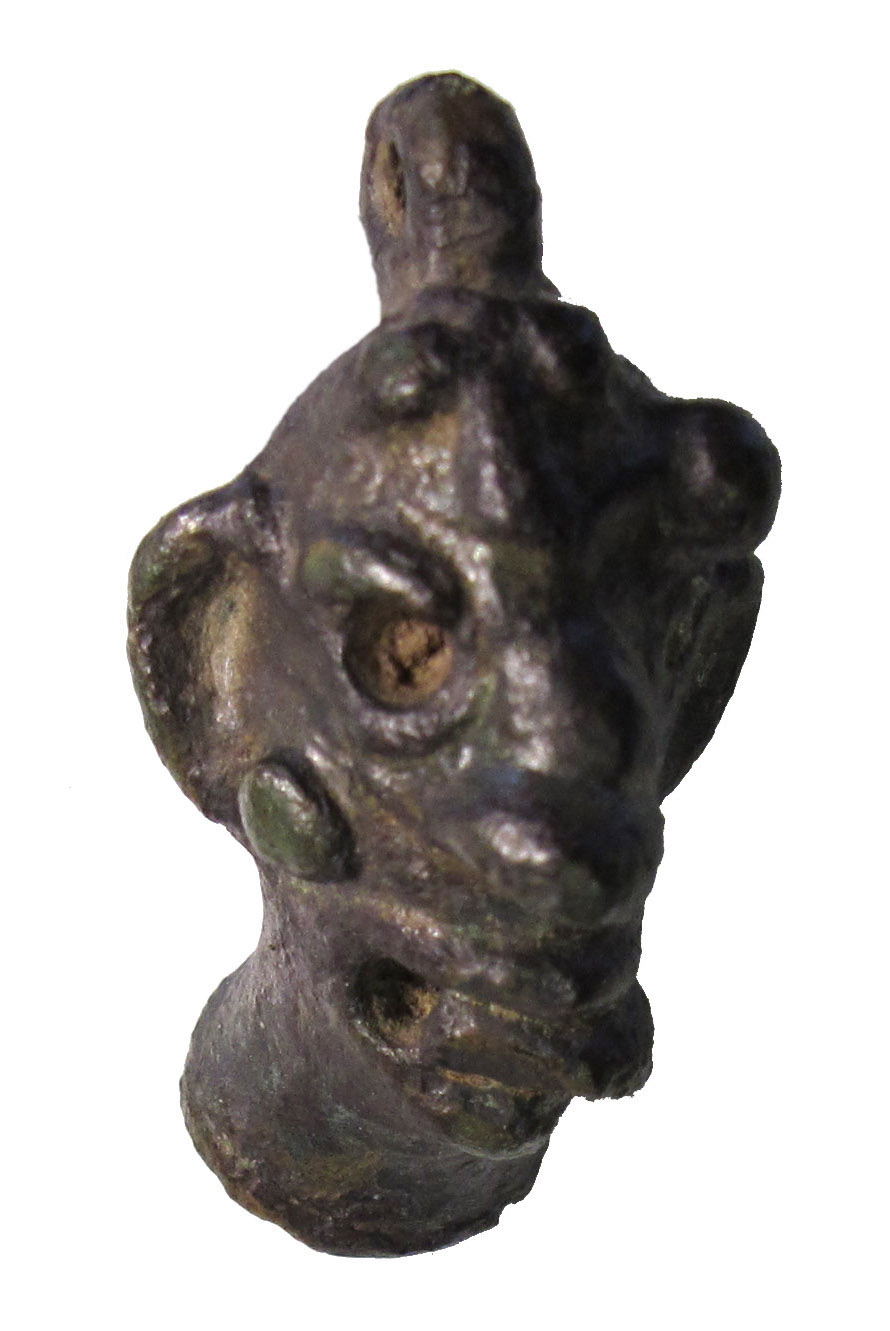
A grotesque head that would likely have been used as a measuring weight. Its appearance may have helped ward off the evil eye, aiding in economic transactions.

